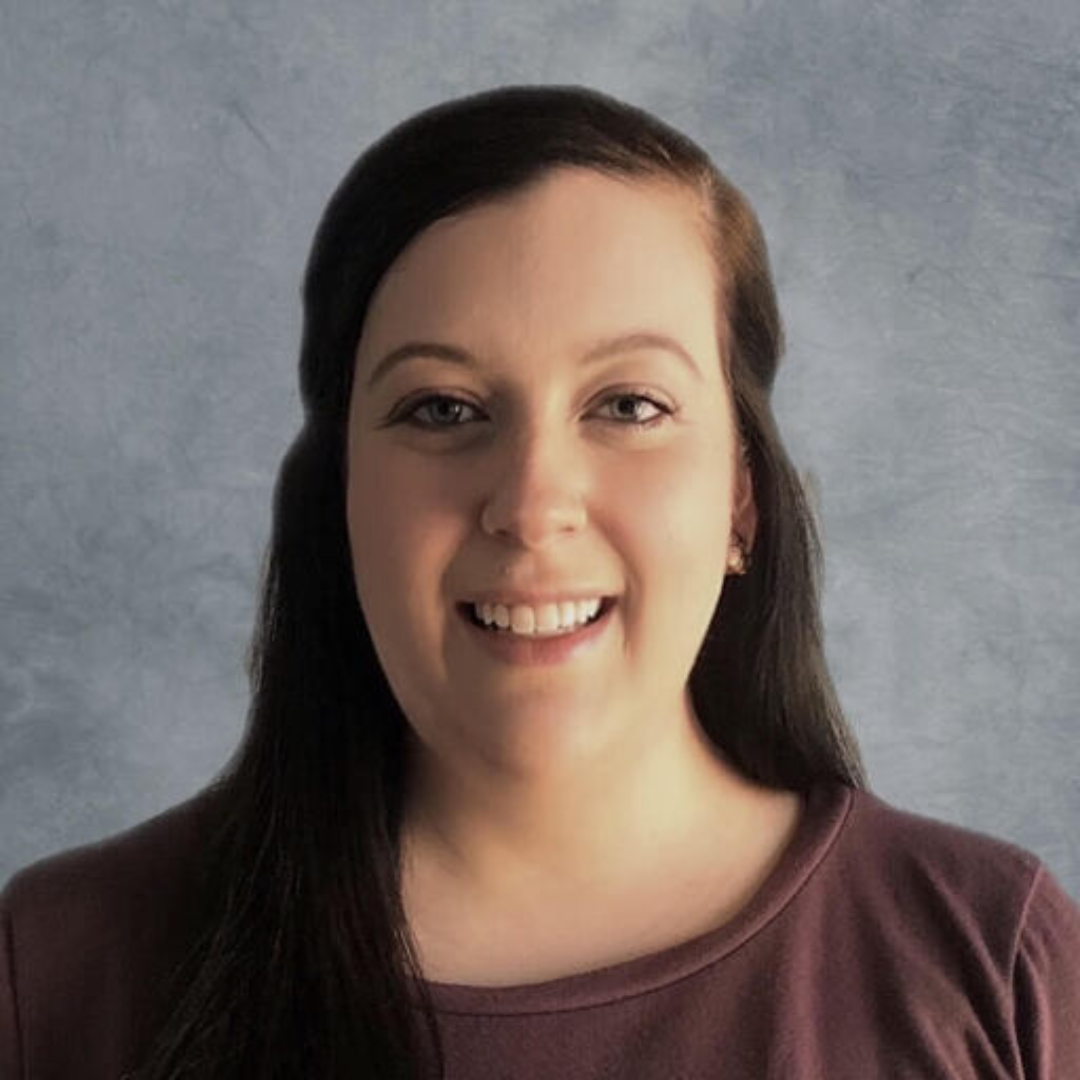At InStride Health, we often meet kids and teens at one of the most vulnerable crossroads in their mental health journey. Parents are worried, certain tasks and activities may have become overwhelming or even impossible, and the child feels stuck; burdened by anxiety, obsessive thoughts, or avoidance behaviors that feel impossible to break through. When a child is struggling with anxiety or OCD, the path to healing can feel uncertain, for both the child and their caregivers. And for many young people, the journey toward treatment begins not with confidence, but with hesitation. We understand that starting care often comes with questions and fears. That’s why we don’t wait for kids and teens to be “ready.” Instead, we meet them, and their families, right where they are.
We Don’t Push, We Partner
At InStride, we specialize in exposure therapy, a type of cognitive-behavioral therapy (CBT) that is the gold-standard treatment for anxiety and OCD. But just as important as what we do is how we do it: with collaboration, curiosity, and compassion. We pair each patient with an exposure coach, therapist, and psychiatrist who work together to tailor treatment to their specific needs and pace. Exposure doesn’t mean pushing someone into the deep end; it means guiding them, step by step, at a pace they can tolerate, even if they’re skeptical or scared at first.
Exposure therapy is often misunderstood as forcing kids to confront their biggest fears head-on. In reality, it’s a gradual, guided process rooted in trust and incremental challenges. In direct collaboration with each patient, our therapists create a personalized, ranked list of anxiety-related situations that will serve as a roadmap for exposures, and we use that list to help each young person identify what feels manageable and what feels out of reach. From there, we start with an exposure that stretches them just enough, allowing them to face their fear and build confidence without overwhelming them. As part of this process, coaches often help kids and teens identify what matters most to them, things like friendships, independence, or trying new experiences. When patients begin to see how anxiety and OCD have pulled them away from those values, treatment starts to feel less like a chore and more like a path back to the life they want to live. But it’s not just about checking boxes. It’s about helping kids learn something new: “This feels hard, and I can do hard things.”
Our virtual model allows us to join kids in their real lives, in real time. Especially early in treatment, this flexibility helps us meet them in the exact environments where their anxiety shows up. Because we’re not confined to an office, we can support patients through everyday anxiety triggers, whether that’s attending a school event, going to a restaurant, or even trying a new food at home. We send encouragement through app chats, help troubleshoot exposure practice, and celebrate every win, no matter how small it may seem from the outside.
Meeting the Family Where They Are, Too
We also recognize that kids don’t heal in a vacuum. That’s why our work involves caregivers every step of the way. We work alongside families to create a shared understanding of what anxiety and OCD look like, how the anxiety/avoidance cycle works, and how small changes in patterns at home can lead to big shifts in a child’s progress. We help caregivers move from accommodating anxiety to encouraging brave behavior; not by removing their support, but by redefining what support looks like.
This process is especially important for families who feel unsure about exposure therapy or hesitant to reduce accommodations that seem to keep things calm at home. By helping caregivers understand why these changes matter and how they can do them without causing harm, we empower them to feel more confident and aligned in their child’s care.
From Avoidance to Empowerment
It’s easy to imagine treatment as a straight line from “struggling” to “thriving,” but in reality, it’s more like a winding trail with lots of pauses and reroutes along the way. That’s why joining kids at their starting point matters so much. If we try to start treatment from where we think they should be, we risk leaving them behind. But when we start from where they are, when we sit in their uncertainty with them, remind them they’re not alone, and build a path together, we see hesitant kids grow into hopeful ones. And there’s nothing more rewarding than that.
Kids and teens don’t need to be “ready” to start care. They just need someone to start with them. That’s what we do every day at InStride, join them at their starting point, walk beside them through the discomfort, and help them discover that they’re capable of more than they ever thought possible.
If your child is struggling with anxiety or OCD, know that there is a path forward. It won’t always be easy, but with the right support, it can be hopeful.


